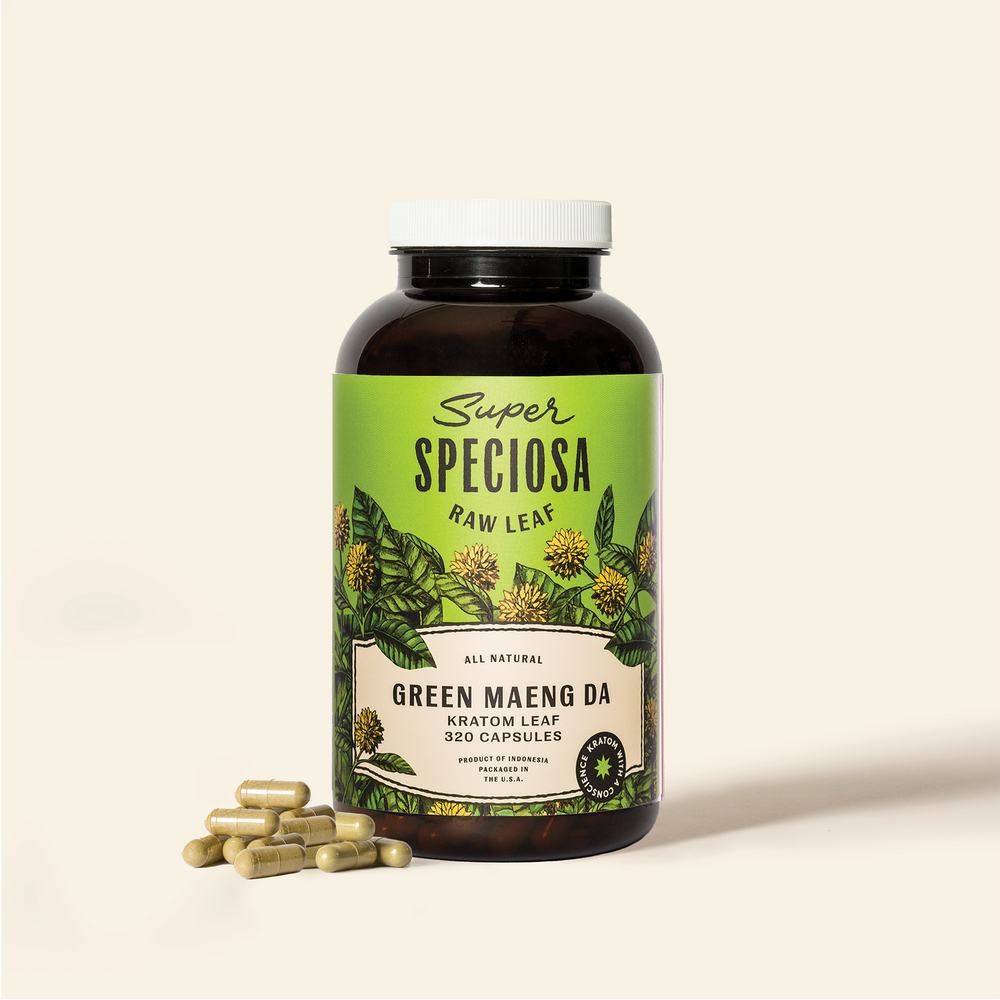Kratom Skeptics Talking Points Fall Short
KRATOM SKEPTICS TALKING POINTS FALL SHORT

Several states have set up standards and a structure for safe consumption of kratom. Congress has called for closer consideration of how the substance can help combat the current epidemic of opioid abuse. Researchers and academics alike are aiming to get a better understanding of how exactly it affects human anatomy.
So why is it that the remaining holdouts over the question of kratom come primarily from federal agencies and small pockets of the medical community?
While the debate over kratom has been playing out in venues from legislative chambers to the boardrooms of medical research companies, consumers have been left in the blind spot of the system. Federal enforcement and oversight agencies have taken a hands-off approach to regulation, instead waiting on more formal research and relying on anecdotal evidence to generate reasons to remain at arm’s length. Likewise, some in the medical community have latched onto these concerns as a reason to keep kratom out of the modern medical landscape.
Despite the cause for concern, consumers and researchers alike have seen through the haze of caution and misleading anecdotal evidence, and are leading the lines in the push for embracing kratom as part of a natural treatment approach.
The case against kratom began with an attempt in 2016 by the Drug Enforcement Agency to classify kratom as a Schedule l substance, effectively banning the substance and research into it with the designation of “no accepted medical use and high potential of abuse.” The Department of Health and Human Services penned a letter supporting such action. However, that attempt was met with a coalition of support in the form of lawmakers, researchers and advocates who had positive experiences with the substance.
The scheduling attempt failed, though, following a letter from 51 members of Congress (linkto: https://www.washingtonpost.com/blogs/wonkblog/files/2016/09/Final-DEA-Kratom-Letter-9.26.2016.pdf … it’s a letter from members of congress, hosted on WaPo’s server) and an examination by experts that found there was “no documented threat to public health that would appear to warrant emergency scheduling of the products and placement in Schedule I.”
Six years later, that back and forth continues as a handful of holdouts have halted kratom’s development in the United States.
In April of this year, the Food and Drug Administration put out a warning (linkto: https://www.fda.gov/news-events/public-health-focus/fda-and-kratom ) to consumers about kratom, and warned that the substance could “expose users to the risks of addiction, abuse, and dependence.” The Center for Disease Control’s most recent advisory on kratom (linkto: https://www.cdc.gov/mmwr/volumes/68/wr/mm6814a2.htm ) was released in 2019, and focuses on overdose risks of kratom while mentioning the DEA’s designation of kratom as a “drug of concern.”
That hesitancy spilled into the medical community, with the Mayo Clinic issuing a similar warning titled “Kratom: Unsafe and ineffective” (linkto: https://www.mayoclinic.org/healthy-lifestyle/consumer-health/in-depth/kratom/art-20402171 ) in June of this year.
The only problem with those ‘guidelines’ is that available research and user experience tell a much different story than what kratom’s opponents are trying to tell.
According to the National Institute on Drug Abuse’s information page on kratom (linkto: https://nida.nih.gov/research-topics/kratom ), the agency responsible for researching substance abuse disagrees with its fellow federal regulatory bodies and the guidance issued by one of America’s most trusted medical providers. To begin with, the NIDA specifically says that they’ve found the potential for overdose to be “extremely rare.”
“A 2019 report found that 11 deaths between 2011 and 2017 in the United States were associated with kratom exposure, including two deaths associated with kratom exposure alone. In contrast, during that same period, more than 200,000 people died from opioid-related overdose.”
The NIDA also disagrees on the subject of side effects. In its posting, the Mayo Clinic lists “breathing suppression,” “hallucination and delusion,” and “coma and death” among the side effects. While NIDA does acknowledge that kratom’s side effects can range from “mild to severe,” NIDA does not go as far as to suggest hallucination as a side effect. The numbers referenced above form the agency's opinion about the relative safety of kratom in regards to the risk of overdose.
On the subject of breathing suppression, a recent collection of kratom research (linkto: https://www.ncbi.nlm.nih.gov/pmc/articles/PMC8924421/ ) cited animal studies that “reveal that biochemical pathways responsible for the analgesic and sedating effects of kratom do not carry risk of overdose comparable to classical opioids.” More specifically, the studies showed that kratom affected a different pathway than the chemical reaction “responsible for classical opioids’ common deadly side effect of respiratory depression.”
In simple terms, the study showed that kratom specifically does not cause “breathing suppression” the way that “classical opioids” do–the exact opposite of the claim made by the Mayo Clinic.
From an anecdotal standpoint, a quick keyword search of the clinic’s online message board community also stands in the face of those who doubt kratom. In a post on the Mayo Connect message board, user ‘melodyhope5’ said she found kratom to be a lifeline in her attempt to find relief from a variety of medical conditions.
Before using kratom, she said her pain gave her the belief that she was “sure that I had nothing else to look forward to but a life of pain and being a burden to my family.” But after finding kratom, she said her one big regret was that it didn’t happen sooner.
“I am able to push my granddaughter around the zoo for hrs (sic) and carry her on my hip for long periods of time in the exhibits that aren’t stroller friendly,” the post said. “This summer I took my now one-year-old granddaughter to the zoo over a dozen times. Before kratom, my kids had to push me around in a wheelchair at that same zoo.”





